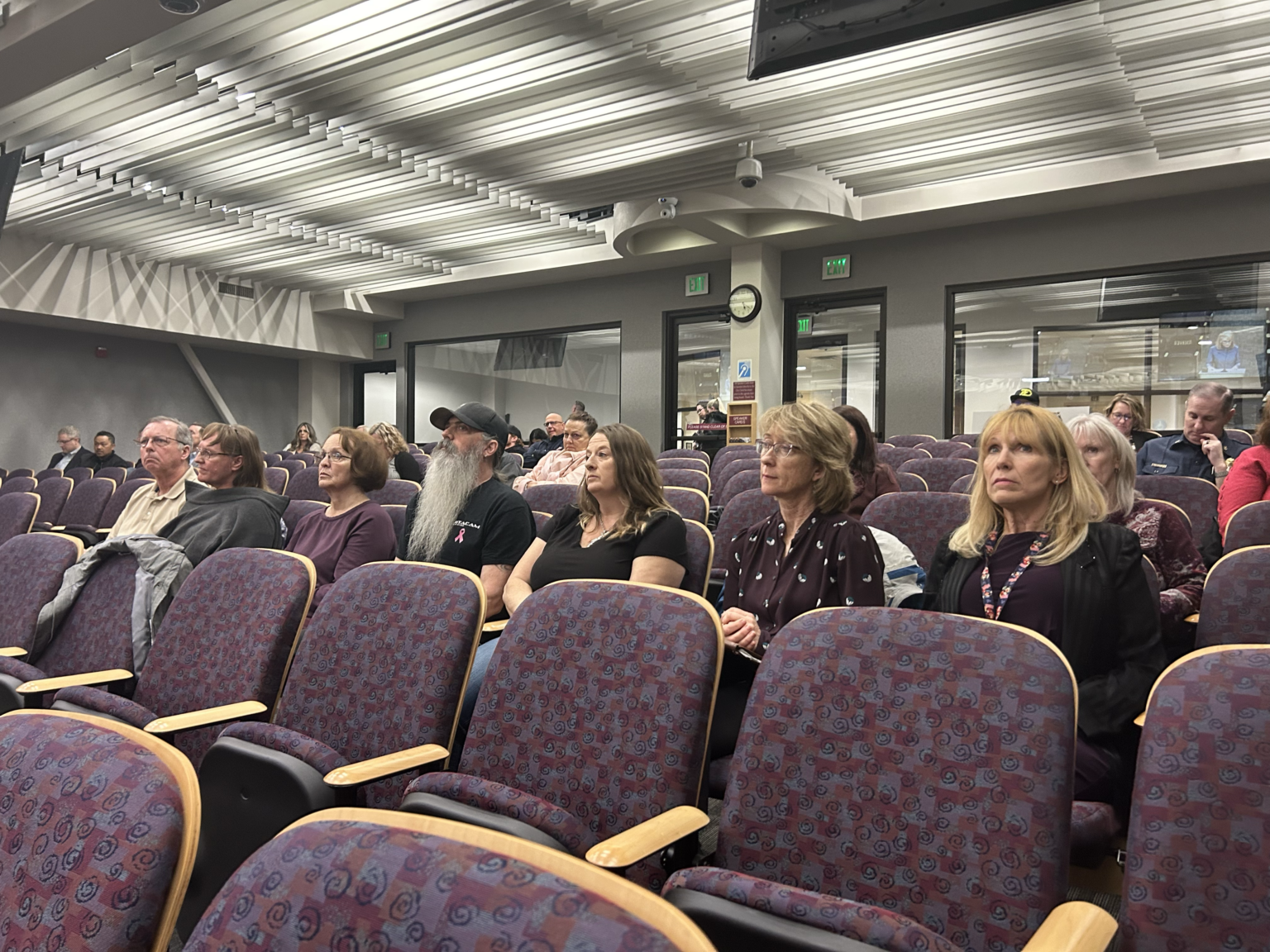As Sisyphean tasks go, putting a lid on the wanton breeding of cats, who can give birth to 20 or more kittens a year, is in a league of its own.
In an effort to stem the supply, a small but dedicated band of volunteers while away the hours in the dead of winter and the heat of summer in mobile home parks, apartment complexes, and hotel garages, awaiting the elusive, sweet sound of success – the clank of a trap door, signaling the arrival of a cat that has taken the bait.
Trap, neuter, and return (TNR) is widely viewed as the best of the bad options for feral cats. By sterilizing and vaccinating almost all of the cats in a colony, caretakers are able to reduce the population, protect against rabies and other diseases, and ensure a steady source of food and water.
The practice is permitted in all Southern Nevada municipalities except Henderson, where it’s prohibited.
“I think we can all agree that we would like to see less cats in our premier City of Henderson,” resident Arvie Bromley told the council Tuesday during public comment. “We can’t adopt our way out of this situation and we can’t euthanize our way out. But TNR would move us toward a goal of having less cats.”
In Henderson, it’s against the law to feed feral cats. Trapped cats must be turned over to the shelter, where their disposition determines their fate. Friendly felines are put up for adoption, while those deemed unfriendly (a common state of mind for cats in a shelter) are killed.
Of the 759 animals euthanized by Henderson in 2022, 185 were cats deemed feral.
“That is not keeping up with the rate of kitten production and if it was, the Henderson shelter would lose its no-kill status because they would simply be killing too many cats,” Bromley told the council.
Henderson residents “don’t want to call Animal Control because they know that these cats are not social. They’re going to be euthanized,” cat lover Daryl Nelson told the council, adding that people are “shocked” to learn of the city’s policy. “Why would somebody do that? Nobody wants to see healthy cats euthanized.”
“As much as many of us love cats, there are too many of them,” Jackie Wannamaker said during public comment, adding that TNR works. In 2009, Wannamaker began managing a colony of hundreds of cats near a hotel. Today, the population is “in the 20s.”
Wannamaker, a Henderson resident. said she’s “embarrassed and ashamed” that the city ignores the plight of community cats.
Henderson has its reasons, according to a letter Mayor Michelle Romero sent to Bromley last year.
Feral cats are killed by coyotes, bobcats, rattlesnakes and large hawks, Romero wrote in her letter. They kill birds, rodents, and reptiles. They may attack family pets in backyards, or be attacked by family pets. They receive no medical care when suffering, and can be killed by vehicles. And finally, unvaccinated cats can transmit diseases such as rabies, which require repeated vaccinations.
But cat advocates suggest the same perils befall owned animals, and that TNR would only reduce the at-risk population. And, they note, experts suggest one dose of vaccines is better than none, especially for ferals, who have a shorter lifespan than owned cats. And under the watchful eye of a caregiver, sick or injured ferals can be treated by a veterinarian and humanely euthanized, if necessary.
“…I am saddened these cats have been left on the streets to fend for themselves. Irresponsible pet owners have created a problem that is now recognized as a national crisis,” Romero wrote to Bromley. “I truly believe the compassionate way to manage these cats is in the manner the City of Henderson has chosen.”
Romero is not alone. People for the Ethical Treatment of Animals condemn TNR as heartless and inhumane, and Henderson Shelter director Danielle Harney is a longtime opponent of TNR. Harney did not respond to requests for comment.
Bromley suggests TNR could reduce the city’s expenses at the already cash-strapped and understaffed facility, for sheltering, feeding, and euthanizing feral cats, and slash related calls to Animal Control.
“The only reason that Henderson can continue to support an antiquated and barbaric approach to community cats is because many residents are simply unaware of what goes on,” resident Lauren Guimond told the council.
The cat lovers, determined to seek out allies and add to their ranks, aren’t giving up. They’re hoping the city will eventually consider a change to its ordinance. This, they say, is a rock worth pushing up the hill.
Our stories may be republished online or in print under Creative Commons license CC BY-NC-ND 4.0. We ask that you edit only for style or to shorten, provide proper attribution and link to our website. AP and Getty images may not be republished. Please see our republishing guidelines for use of any other photos and graphics.




